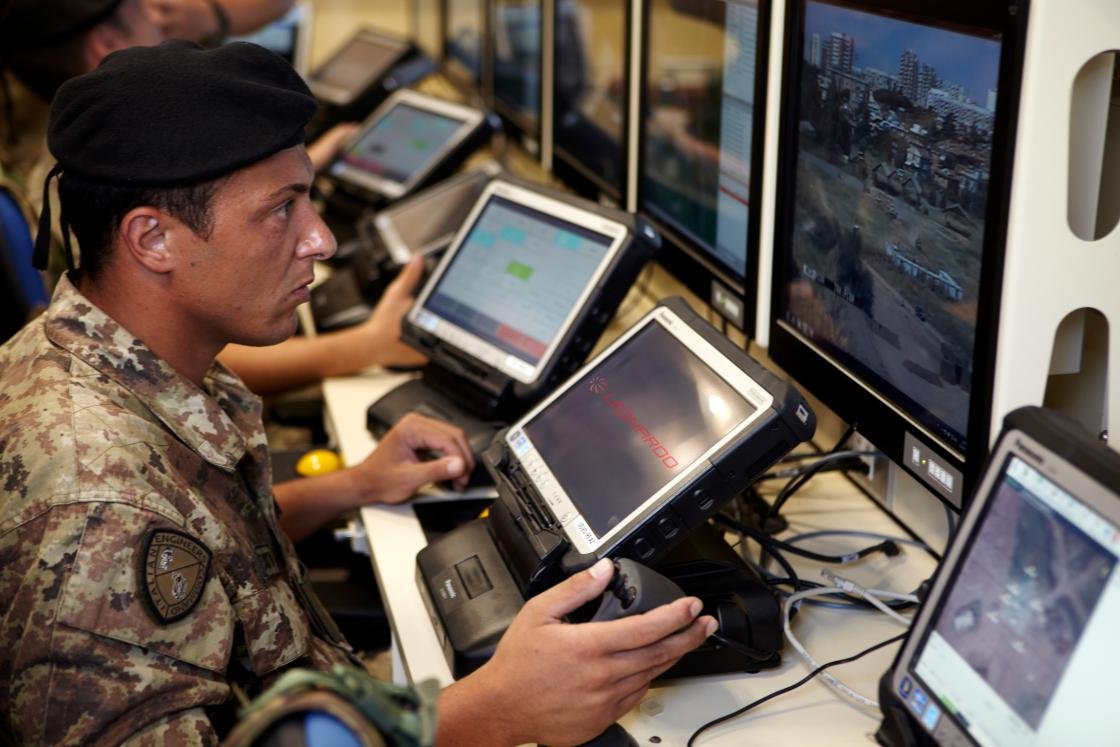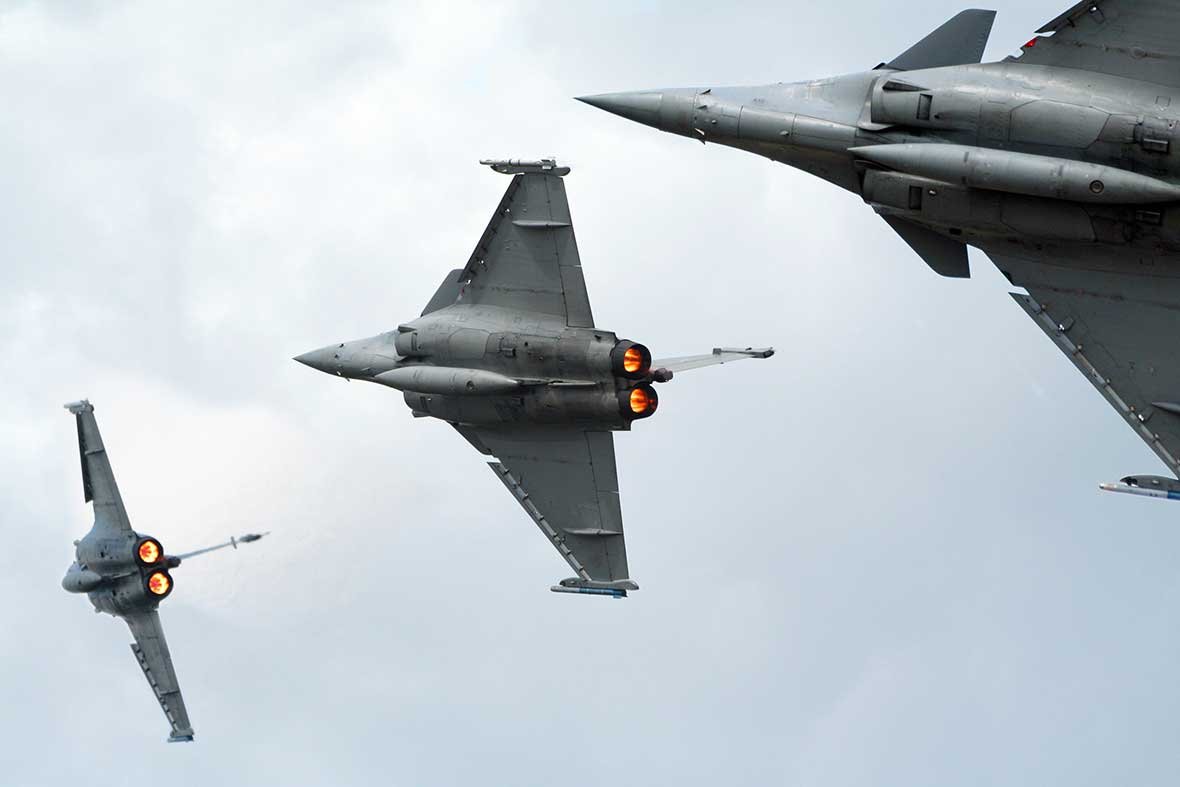
The modernisation of Indian defence forces is being undertaken as part of five year plans and the rapidly changing scenarios in the modern battlefield has made it imperative that the armed forces develop its systems based on developments in Information Technology (IT). This not only implies the use of IT enabled weapons but also faster and reliable exchange of data, near real time collection and processing of inputs in order to present an accurate threat picture for initiating appropriate actions by the troops and/or weapons to meet the threat. Therefore, there would be a need for armed forces to design and implement net centric projects. However, delays in designing and implementing such projects are likely to be unacceptable and prove costly to the nation.
Reasons for Delay in Defence IT-based Projects
The time frame laid down as per Defence Procurement Procedure (DPP) from issue of an RFP to signing of contract is 36 months. Thereafter it is the size and complexity of the project which governs the implementation time, which is decided prior to signing of the contract. It is desirable that defence projects are implemented on a tight schedule and are completed in time, however, it has been invariably noticed that projects are delayed. There is, therefore, a need to identify the reasons for such delays and adopt steps to mitigate them. Most common reasons for delay, as experienced, are enumerated below:-
· The Project Management Team of the defence forces continues to change due to postings of members, resulting in a loss of time for the new incumbent to understand the project and continue the development.
· A fall out of change of team is reflected in the change of decisions/ outcomes as per the perception of the new incumbent, giving fresh targets and results to the Development Agency (DA).
· The project may need to interact with other projects for functioning in an integrated battlefield environment. If such interactions are visualised during the development stage, it necessitates change of requirements and may be the hardware as well as the software.
· It has been experienced that the Development Agencies (DAs) order the hardware while the software is being developed, which implies that by the time the project is delivered, the hardware has lived a major part of its life and may complete life during or soon after trials, necessitating fresh orders which cause delays.
· It has been seen that the systems function well under factory conditions but fail while undergoing user trials and battle conditions. This leads to rectifications, additional time and may be change of hardware or rectification of software.

· A considerable time is wasted to design and decide on the various issues of QA, IV & V of the software etc., as stakeholders have different opinion of the same. The details of the following issues consume a very long time in most projects:-
* Quality Assurance Plans, Factory Acceptance Tests (FAT), Acceptance Test Procedure (ATP), Pre-despatch Inspection (PDI).
* Electro Magnetic Interference (EMI)/ Electromagnetic Compatibility (EMC) test procedures and rectification procedure
* Independent Validation and Verification (IV&V) procedure of software including procedures for Alpha and Beta Testing
* Issues of IP addresses, frequency band allocation, interactive issues with other projects including designing of restful APIs and procedures for backing up of data bases
* Maintainability issues including spares, diagnosis and rectification of faults
* Security solution requirements and audit
· It is often realised during the development phase that the hardware will not be able to support the software due to requirement of better specifications and/ or availability of better hardware available which enhances the processing speed. Change of hardware entails delay due to seeking fresh sanctions.
· There are a large number of standards which are required to be followed and at times may be in contradiction or conflict. Moreover, new standards are likely to emerge/ promulgated during the development of the project. Alteration in standards during the projects causes delay due to change in approach.
· A long delay is often noticed due to gestation period for imported equipment and the paperwork needed for the same.

Steps to Mitigate the Delays in Implementation
While a number of agencies are involved in the process of project development and implementation, the key organisation is the Project Management Organisation (PMO) which is primarily responsible for the project. The entire set of activities revolves around them including liaison and coordination with other stakeholders. Steps to mitigate the delays are enumerated below:-
· The PMO team should be constituted with care and should be made accountable and responsible for a project end to end. This will also mitigate the problems of changing the desired results of the project as per the perception of the members.
· Decisions once taken about the end results of the project should be sacrosanct and frozen before the contract and there should be no provision to change these till the first version of the project rolls out. This ensures that the DA has a clear mandate of working right from the start and do not have to change the requirements in between.
· The contract formulation stage needs to be considered from the time of formulating the General Staff Qualitative Requirement (GSQR) and Request For Proposal (RFP) so that relevant issues can be addressed and be included in these documents after taking inputs from all stakeholders. The DAs must have a Business Analysis team as part of their development team to interact with the user PMO.
· It is imperative that a holistic view of projects being undertaken and issues which would require interaction / integration and exchange of data should be incorporated in the contract (s). These issues should be reviewed to ratify what commonality can be inbuilt in hardware and what would the software need data exchange between projects, commonality of IP schemes, Operating Systems (OS), Geographical Information Systems (GIS), data fields, data dictionary etc. need to be catered. Requirements of integration need to be spelt out lucidly.
· The date of manufacture of all components / sub components / equipment / accessories / sub accessories should not be more than 18 months prior to date of delivery. This would ensure a long service life prior to obsolescence in the fast pace of technology development.
· Each systems /sub systems /accessories should be designed and assembled for satisfactory performance of minimum seven days continuously.
· The RFP should include the issues on QA methodology by DGQA, IV&V policy by STQC, guidelines on security solution, EMI/ EMC requirements etc. The contract must include detailed chapter on each subject duly vetted by the relevant agency. All stakeholders should be accountable to the contract once they have validated their issues and included in the contract.
· In order to mitigate the problem of matching hardware to software, a Software Oriented Architecture (SOA) should always be followed and the contract should include clauses empowering the PMO to sanction change of hardware (with better specifications) and no/ minimal change in cost of the project.
· The projects are recommended to be developed as per latest standards in vogue at the time of signing of the contract. Subsequent changes in standards are recommended to be taken up in subsequent versions.
· To ensure minimum gestation periods for imported equipment, it is recommended that the DA should not only be judicious in proposing equipment but a single window should be available at MoD for processing of paperwork with minimum delay and in specified timeframe.
· In order to minimise the delays due to failure of equipment during trials, it is recommended that sufficient time be allotted to ATP, FAT and PDI so that these are conducted in detail ensuring minimal chances of failure under field conditions.

Conclusion
Development and implementation of IT based projects for the defence forces is an inevitable requirement in modern day warfare to have a competitive edge over the enemy. However, designing, and developing of such projects is a tedious and complex process due to conflicting requirements and a large number of stakeholders notwithstanding the need to find solutions for complex problems. While the reasons and methods to mitigate the delays in problems have been highlighted above, but by no means, these are exhaustive. Each project is likely to have its own issues which need to be tackled separately.
– The author is an Indian Army veteran, and has been Principal Consultant to Department of Urban Development, Govt of MP for Smart City Projects. He can be reached at: manoj_42ch@yahoo.co.in
– The co-author is a seasoned management professional, and has been associated with various think tanks in defence and security








